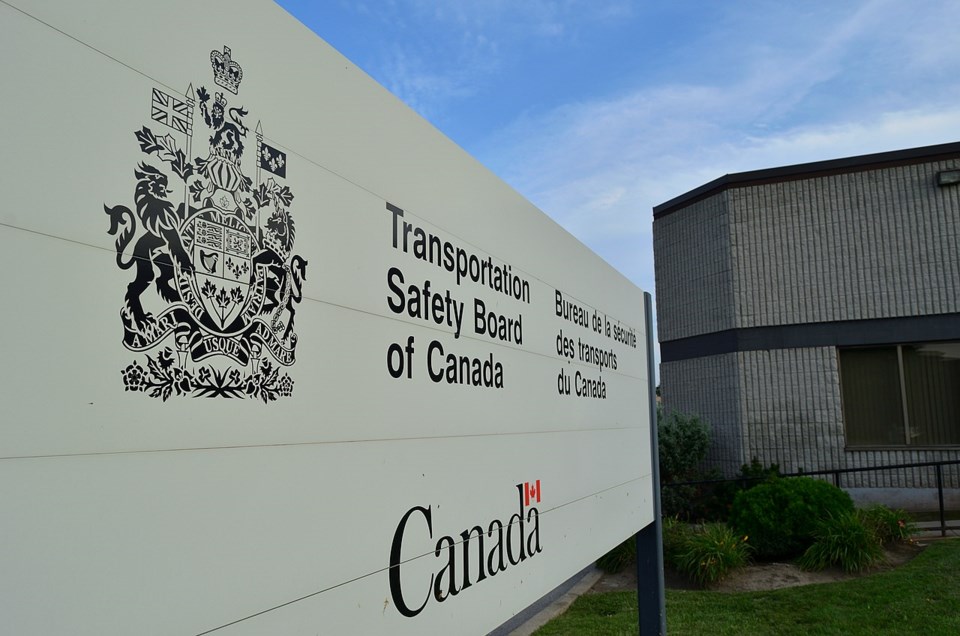A pilot who was not qualified to fly by instruments was among the factors that likely contributed to a plane crash earlier this year that resulted in the deaths of four people, according to federal investigators.
The Transportation Safety Board of Canada on Monday publicly released the findings of its investigation into the April crash of a single-engine plane that was found about 35 kilometres southeast of Sioux Lookout.
The plane took off in Dryden on the night of April 29 and was due in Marathon a few hours later, in the early morning of April 30.
One of the individuals on the plane was identified as Gene Karl Lahrkamp, a 36-year-old who had been wanted for murder in Thailand. Police also identified one of the other passengers as Duncan Bailey, a 37-year-old from Kamloops, B.C. The pilot was identified as 26-year-old Abhinay Handa, of Richmond, B.C.
The plane had been last observed on radar about 45 minutes after take-off, and had been flying in what the report described as a "zig-zag route." The plane crashed into a wooded area, destroying the plane upon impact.
The pilot had held a commercial licence since September 2019, but did not have an instrument rating and was not qualified to fly in conditions that required a pilot to rely on their flight instruments rather than visual references.
The Transportation Safety Board did not find any night flight entries in the pilot's logbook in the six months prior to the crash. Federal regulations require a pilot to have five night takeoffs and five night landings within previous six months to fly at night with passengers.
"The conditions experienced during the occurrence flight were such that visual reference to the surface likely was difficult to maintain, and therefore the flight would not have met the requirements for operation under night [visual flight rules]," the report reads.
"Instead, such a flight would require pilots to rely on their flight instruments to ensure safe operation of the aircraft. Neither the pilot nor the passenger seated in the front right seat, who both held a commercial pilot licence, was certified for [instrument flight rules] flight.
The plane was also determined to be over its maximum takeoff weight.
